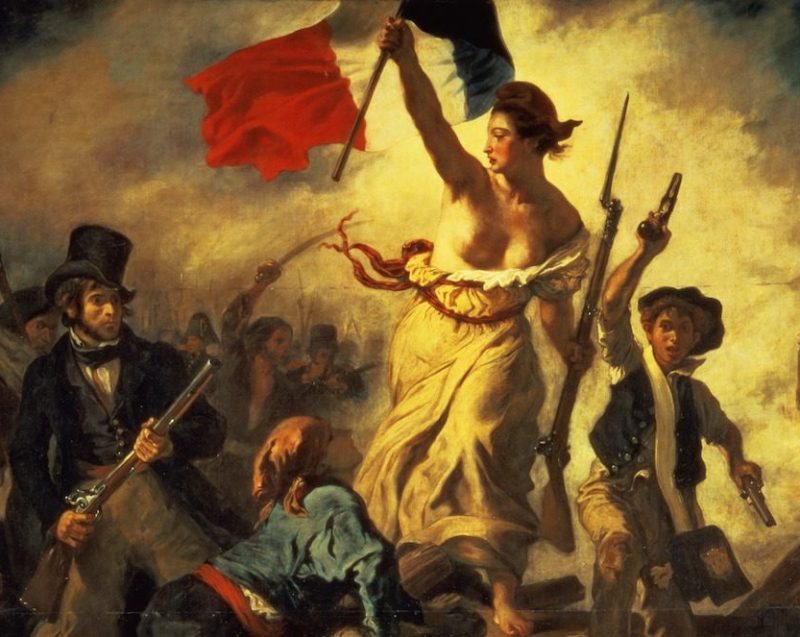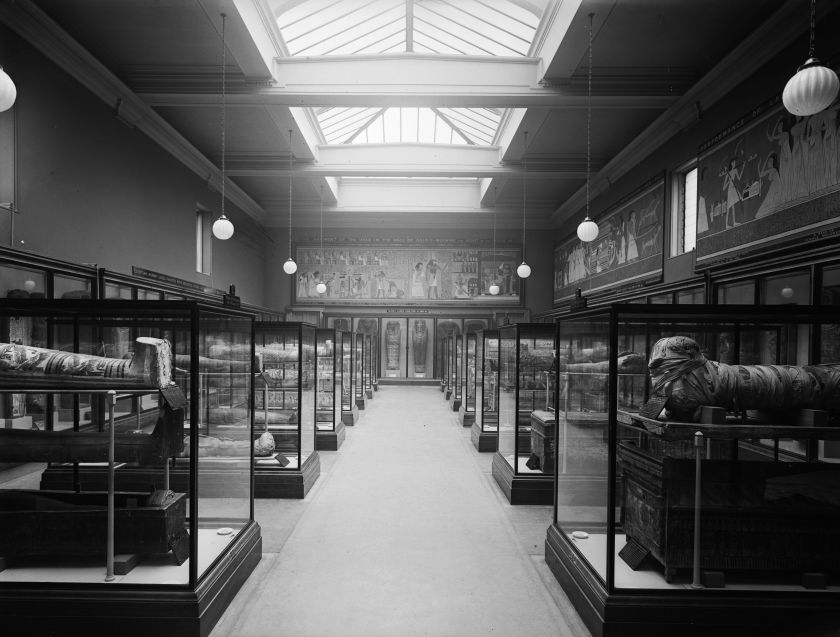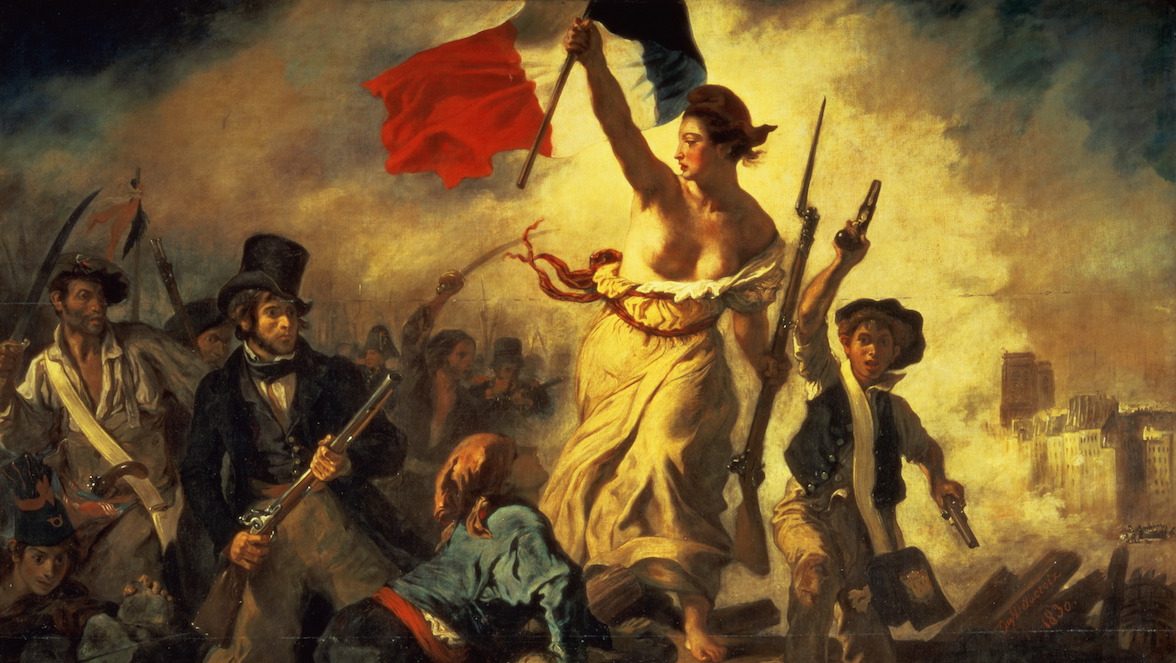
Eugene Delacroix’s painting “Liberty Leading the People” is one of the most celebrated works in French history. For many, it even embodies the essential essence of being French, making it a “can’t miss” in the Louvre. (Much like the “Mona Lisa.”) Yet this masterpiece that is so important to France may also have a very Egyptian aspect. Quite simply, it likely contains pigments made from ground mummy.
For hundreds of years, European painters favored a paint that contained human remains. Kristin Romey writes for National Geographic:
“From at least the 16th century until as late as the early 1900s, a pigment made from mummified human remains appeared on the palettes of European artists, including Delacroix. Painters prized ‘mummy brown’ for its rich, transparent shade. As a result, an unknown number of ancient Egyptians are spending their afterlife on art canvases, unwittingly admired in museum galleries around the world.”

Of course, mummies weren’t only used as paint. They were also used as medicine. (They were believed to “cure everything from epilepsy to stomach ailments.”) They were also used as “fuel for steam engines and fertilizer for crops.” The desire for all things mummified led to a huge number of shiploads of mummified Egyptian people and animals to Europe. It reached the point where people “threw mummy unwrapping parties.”
This bizarre trend appears to have ended because of a lack of a “quality mummies” as the 20th century began. (It should be noted that it was technically an illegal practice, as it was prohibited to ship mummies out of Egypt.) That said, the era of fetishizing ground mummy pigments continues today— due to the masterpieces likely created from them and the fact it still is possible to buy a shade called “mummy.” To read the full article (and learn why it’s difficult to determine with certainty if paints contain ground mummy), click here.
This article was featured in the InsideHook newsletter. Sign up now.
























